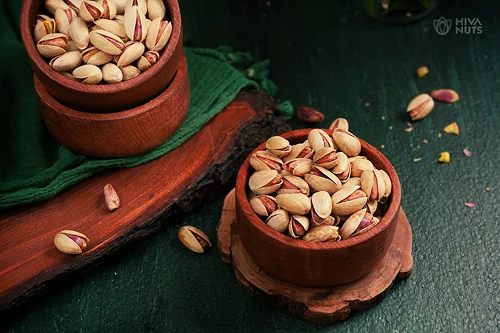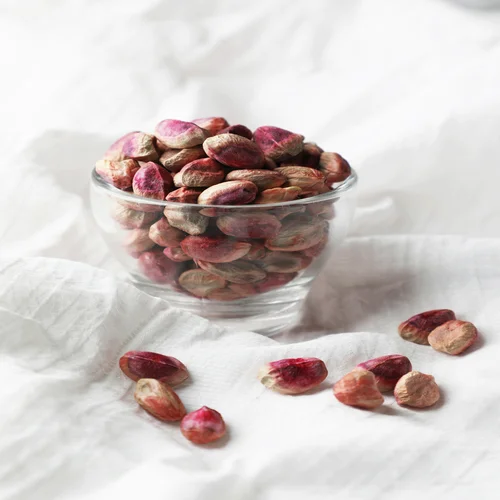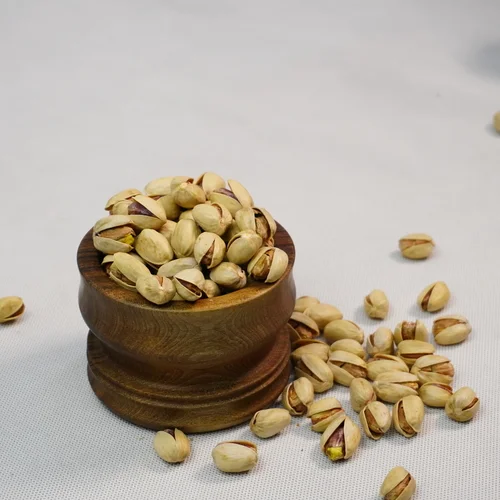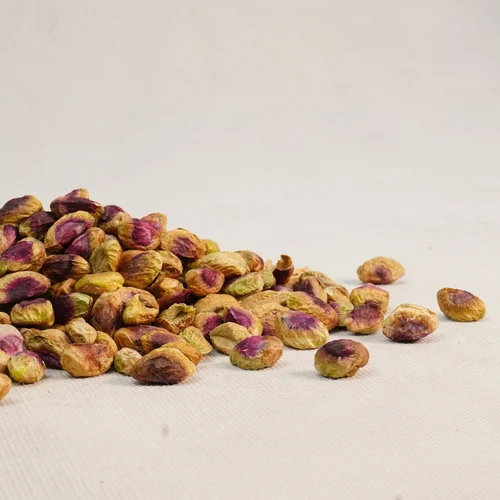Where do pistachios grow?

Pistachios aren’t just a tasty snack – they’re packed with nutrients and have been enjoyed for thousands of years. By looking at their origins, growing conditions and global production, we can better understand how these treasured nuts find their way to our tables.
Origin and natural habitat
The pistachio tree (Pistacia vera) comes from the arid regions of Central Asia and the Middle East, particularly Iran and Afghanistan. These regions have the perfect climate for pistachios, with hot, dry summers and cool winters. In fact, archaeological evidence suggests that people in what is now Uzbekistan were eating pistachios as early as 6750 BC.
Key growing regions around the world
Although pistachios originated in the Middle East, they are now cultivated in several countries. Top producers include:
- Iran: a traditional leader, known for varieties such as Fandoghi and Akbari.
- United States (California): now the largest global producer, accounting for 63% of global production in 2023/24.
- Turkey: growing rapidly, reaching 415,500 tonnes in 2024/25, a 130% increase over the previous year.
- Italy (Sicily): renowned for its high-quality pistachios.
- Afghanistan: renowned for its traditional cultivation methods, which diversify global production.
- China and India: emerging markets with increasing domestic demand and expanding cultivation.
Favorable soil and climate conditions
To grow healthily and produce high-quality nuts, pistachio trees need the following:
- Soil: Deep, light, sandy-loam rich in calcium carbonate.
- pH: Slightly alkaline, between 7.0 and 8.0
- Climate: Long, hot summers (around 100 degrees Fahrenheit / 38 degrees Celsius) and cool, sleep-friendly winters.
Global production statistics
In the 2024/25 harvest season, worldwide pistachio production is forecast to reach 1,167,800 tons, an increase of 9.1% compared to the previous year.
Top Manufacturers:
- United States : 503,700 metric tons
- Turkey : 415,500 metric tons
- Iran : 200,000 metric tons
Together, these three countries produce more than 95% of the world’s pistachios.
Market and consumption trends
Demand for pistachios continues to grow, thanks to their health benefits and wide range of culinary uses.
- The United States has been the largest consumer since 2019/2020 and its consumption is forecast to reach 225,000 tons in 2023/24.
- China has also experienced tremendous growth, with pistachio imports jumping from $42 million in 2017 to over $842 million in recent years.
The impact of social media trends
Interestingly, social media has played a role in increasing demand for pistachios. The viral popularity of “Dubai Chocolate” – a pistachio-filled dessert that has been trending on TikTok and other platforms – has increased the use of pistachios in confectionery products around the world.
Conclusion
Pistachios only grow in regions with specific soil and climate conditions, with Iran, the United States, and Turkey leading global production. By understanding where and how they are grown, consumers can better understand the quality and origin of this popular nut.
Source: Amazon




